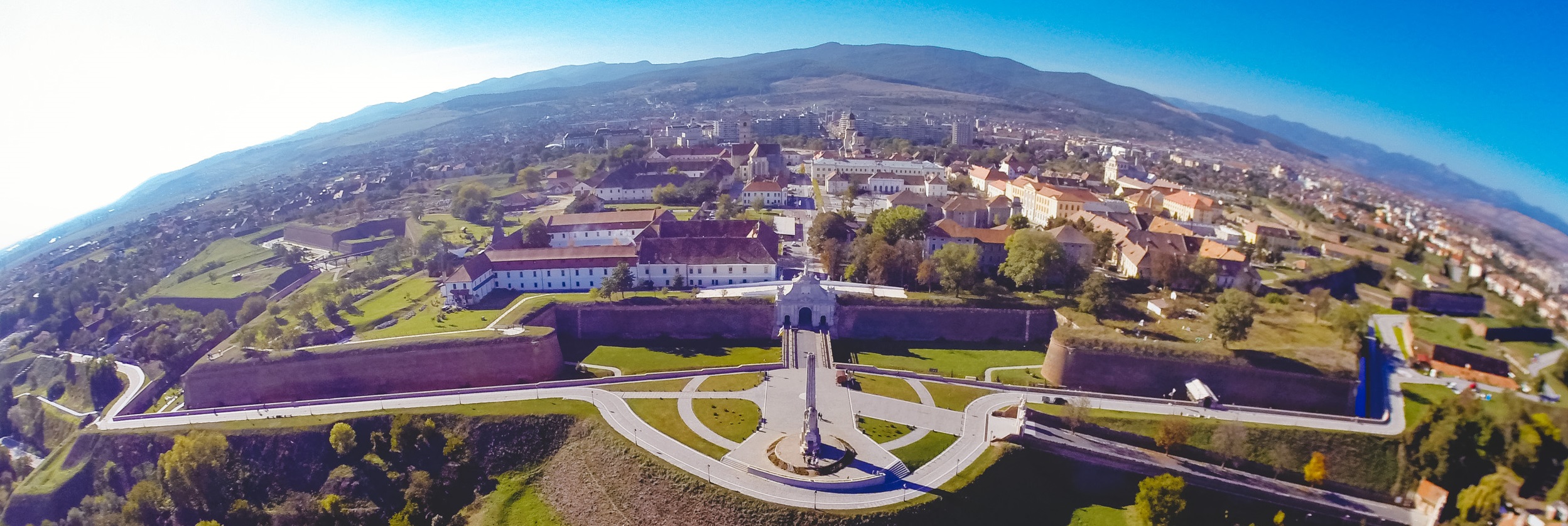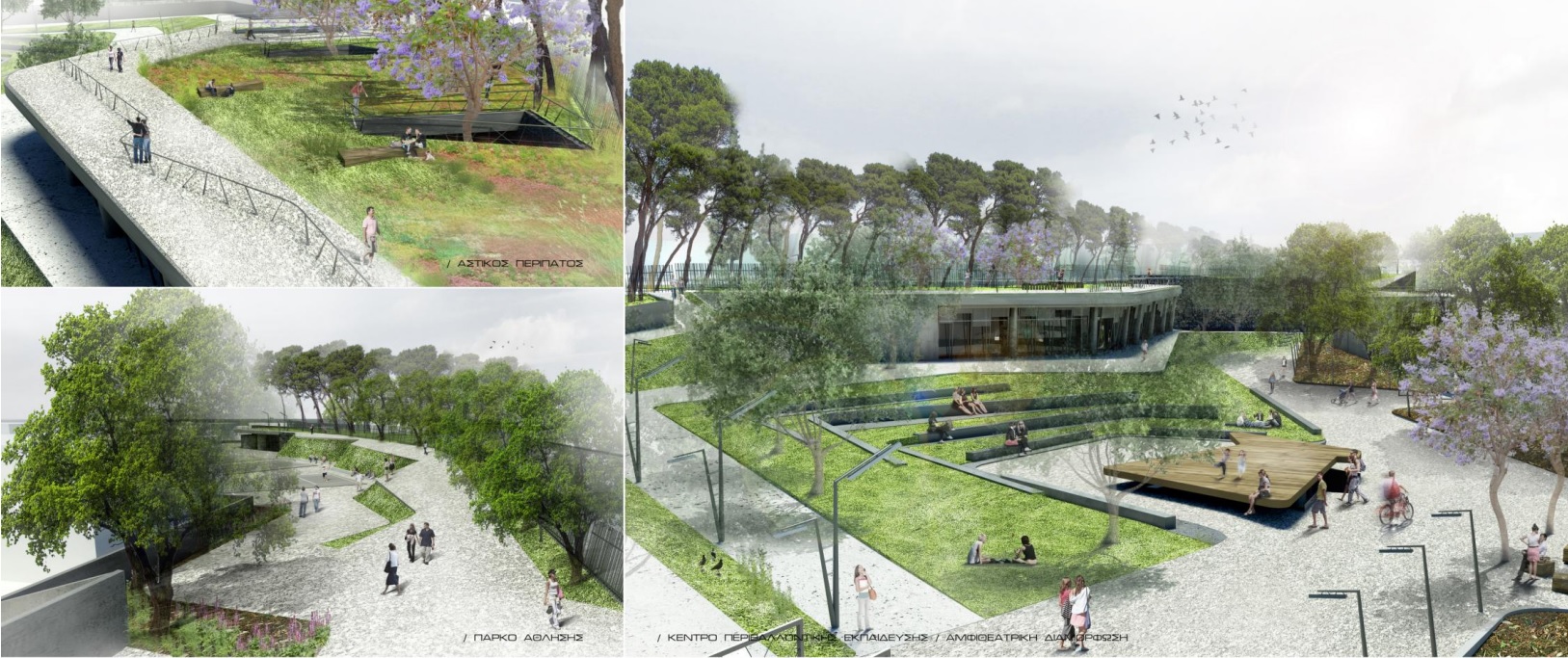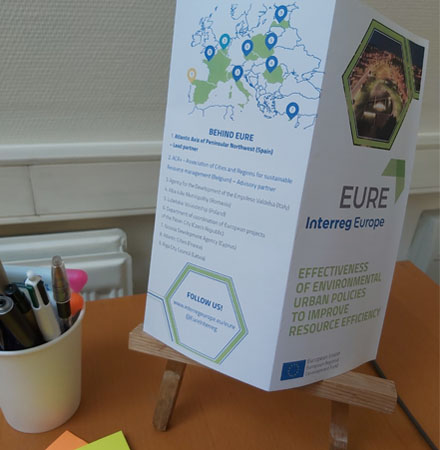What is the situation regarding the urban development instrument in Spain and Portugal?
Eixo Atlantico, as a cross-border entity working in the Euro-region Galicia – North Portugal, analyzed the main characteristics and results of the implementation of the EDUSI (ES) and AIDUS (PT), two policy instruments to foster sustainable urban development. The EURE Regional Report - Spain and Portugal gives a summary of this work.
Situation in Portugal
Portugal is marked by relevant territorial asymmetries, in terms of resources necessary for the development process and of global indicators of this development.
In the last decade, the population concentration has increased, especially in the Metropolitan Areas of Lisbon and Porto, the Algarve and Madeira and in some medium-sized cities in the interior that tend to structure the surrounding rural area. About 70% of the population on the continent is now in the coastal range (50 km), with an average population density of 350 inhabitants/km2. For the interior, this average is 90 inhabitants/km2.
During the 21st century, the population on the continent decreased by 0.5%; however, in nuts III in the interior it decreased by 10.9% and in MA Lisbon it grew by 5.7%. In other words, alongside demographic, economic and social conditions, the Portuguese development model has not proved capable of providing a process of regional convergence of GDP per capita.
The challenge for the next programming period is to promote a regional development policy aimed at reducing the income gap between territories, which stimulates territorial cohesion and the competitiveness of the territories which we simply call the interior.
Situation in Spain
The situation is similar in Spain in general and in Galicia more specifically with its evident peculiarities. A change in trend and a turning point derived from the 2008 financial crisis: if until then Spain and Galicia converged with the rest of Europe, reaching 100% of the average GDP of the EU27 in 2001 due to the aforementioned crisis up to 95% in 2013, with a slower recovery in recent years until the COVID crisis, which from 2020 will significantly affect the wealth, cohesion and convergence of the country.
There are also relevant territorial asymmetries, not only coastal / inland but also north-south, coinciding with the regional classification of Cohesion Policy. Much of interior Spain and an important interior part of Galicia is undergoing a significant aging and depopulation process towards cities and the coast. This has generated a movement in territorial cohesion known as "Saving Spain emptied", in reference to the dramatic loss of population and therefore of socioeconomic activity and maintenance of services and basic territorial structures.
The recommendation to the next generation of funds for territorial policy is to address the need to reduce regional differences, increasing cohesion and balance between territories, improving competitiveness and production systems linked to their intrinsic characteristics.
Conclusions
• Current programs have not taken into account properly the particularities of small and medium size cities nor in the priorities addressed, nor in the managing rules governing the programs;
• Greater commitment to member states in political and financial decentralization to cities should be required;
• It is very important ensure the effective participation of cities and their groups in the preparation and monitoring of the different European programs at the national level, especially those that have to do with the urban strategies;
• Integrated strategic planning in the field of sustainable urban development policies and urban agendas at all levels of administrations are important. A strategic planning to contextualize urban development projects post 2020 should be a condition to access funds;
• Managing rules for medium size and small cities should be improved to scale the program demands to cities' real managing possibilities;
• The new period and program should be progressively oriented to the concept of functional urban areas, with special attention to metropolitan areas, polycentric cities of smaller nucleus and transitional rural-urban areas;
• It is necessary to move towards a more flexible and inclusive concept of "urban area” that also must be completed with that of polycentric urban networks;
• Cooperation and coordination between cities is essential on issues like urban strategies where they have little experience and often few means;
• Small populations of less than 20,000 inhabitants that are headwaters of rural areas should be allowed to create a functional urban area or form part of a discontinuous polycentric network to directly access European urban financing and national plans of funds of cohesion for urban policies.
Discover more in the EURE Regional Report Spain and Portugal.
















